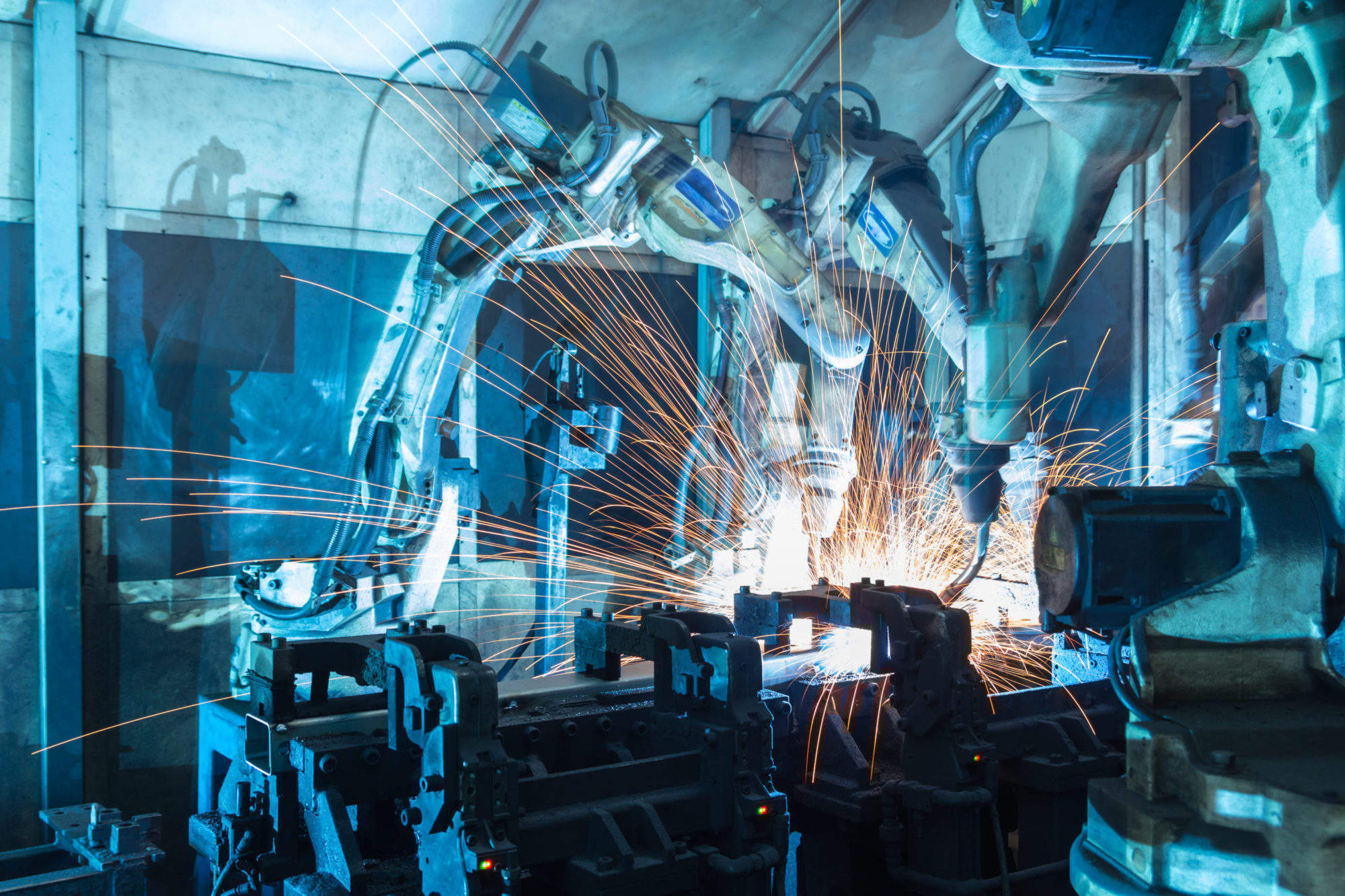
China’s embrace of high-tech is reducing CO2 emissions as the country moves away from an industrial economy, according to research led by the University of East Anglia (UAE).
Since 1965, China has emitted 188 billion metric tons of carbon dioxide into the atmosphere, putting it second behind the US with 264 billion metric tons.
However, as China industrialised and became more coal-dependant, Chinese emissions overtook the US in 2005.
Emissions peaked in 2013 at a level of 9.5 gigatons of CO2 and declined each up until 2016. The study suggests that the decline is largely associated with changes in industrial structure and a decline in the share of coal used for energy.
The world’s largest emerging economy is arguably the world’s most important manufacturer and industrial producer. In recent years, though, it has increasingly shifted to high-technology and service-based industries. In mid-2017, for example, China laid out a development plan to become the world leader in artificial intelligence by 2030.
According to a post on the Chinese Academy of Science website, President Xi said: “Great scientific and technological capacity is a must for China to be strong and for people’s lives to improve,” adding that the country and even humankind “won’t do without innovation, nor will it do if the innovation is carried out slowly”.
Preliminary figures for 2017 have shown an increase in CO2, the changes in industrial activities, coal use and efficiency that has caused the recent decline have roots in the changing structure of China’s economy.
“We conclude that the decline of Chinese emissions is structural and is likely to be sustained if the growing industrial and energy system transitions continue,” said UEA professor of climate change economics Dabo Guan. “Government policies are also a sign that the decline in China’s emissions will carry on.”
China’s government has taken steps to reduce emissions
China implemented the Chinese national carbon trading scheme in late 2017. The emission trading scheme creates a carbon market where emitters can buy and sell emission credits. At present, this is located in seven zones that have the highest levels of emissions, comprising of Beijing, Chongqing, Guangdong, Hubei, Shanghai, Shenzhen and Tianjin.
Since the pilot plan started, it is estimated that 40.24 million metric tons of carbon dioxide have been traded. China plans to go further and replace the local pilot schemes with a nationwide emissions trading scheme this year.
Additionally, a recent Chinese policy directive to cap coal at four billion metric tonnes per year requires industries to reduce their use of coal. They must reduce it as a proportion of the energy mix from 64% to around 58% by 2020.
China’s embrace of high-tech is reducing CO2 emissions, but the US is slipping behind
China originally pledged to peak its CO2 emissions by 2030 as part of the Paris Agreement, but the UAE study is cause for ‘cautious optimism’, according to Guan.
However, the US is the second largest contributor to emissions outright and the largest per capita. With US President Donald Trump pulling the country out of the Paris Agreement and the administration’s support of the US coal industry, there is an even greater impetus on China to take control of its emissions.
“In response to the US withdrawal from the Paris Agreement, China has increasingly assumed a leadership role in climate change mitigation, and its five-year progress reports under the agreement will be heavily scrutinised by the rest of the world,” said Guan.
The study, published in Nature Geoscience, also suggested that slowing economic growth in China has made it easier to reduce emissions. The country’s high level of sustained growth has slowed in recent years amid a growing corporate credit debt and fears of a financial crash.







